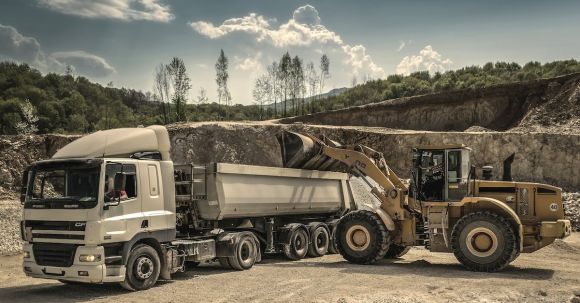Exploring Newer Models of Loaders for Construction Sites
Construction sites are busy places that require a lot of hard work. Whether it’s digging, carrying materials, or lifting heavy items, it’s important to have the right equipment to get the job done efficiently. One of the most important pieces of equipment for a construction site is a loader. Loaders are large machines that are used to move heavy materials, such as dirt, gravel, and sand. With the right loader, construction sites can operate more smoothly and efficiently.
In recent years, there have been significant advances in loader technology, resulting in newer models that are more capable and efficient than ever before. These new models are designed to improve productivity and safety, while also reducing costs. This article will explore the different types of loaders available on the market, as well as their features and benefits.
Types of Loaders
There are several different types of loaders available for construction sites. The most common types are wheel loaders, skid steer loaders, and articulated loaders.
Wheel Loaders
Wheel loaders are the most common type of loader used on construction sites. They are designed to move and lift heavy materials such as dirt, sand, and gravel. Wheel loaders are powered by an internal combustion engine and feature a large bucket mounted on the front of the machine. They are typically used for tasks such as digging, loading, and transporting materials.
Skid Steer Loaders
Skid steer loaders are a type of wheel loader that features a small, compact design. They are powered by a hydraulic system and feature a large bucket on the front of the machine. Skid steer loaders are ideal for tight spaces, as their small size allows them to maneuver better than other types of loaders. They are typically used for light-duty tasks such as moving and lifting materials.
Articulated Loaders
Articulated loaders are a type of loader that features a jointed arm. This allows the machine to move in multiple directions, providing greater maneuverability than other types of loaders. Articulated loaders are powered by an internal combustion engine and feature a large bucket mounted on the front of the machine. They are typically used for tasks such as digging, loading, and transporting materials.
Features and Benefits
Loaders are designed to provide a variety of features and benefits, depending on the type of loader and the model. Some of the most common features and benefits include:
• Increased efficiency: Loaders are designed to be more efficient than manual labor, allowing for faster and more efficient work.
• Improved safety: Loaders are designed with safety features such as rollover protection and operator enclosures to help protect the operator from potential hazards.
• Reduced costs: Loaders are designed to reduce labor costs, as they require fewer workers to operate. They also reduce fuel costs, as they are more fuel-efficient than manual labor.
• Versatility: Loaders are designed to be versatile, allowing them to be used for a variety of tasks.
Conclusion
Loaders are essential pieces of equipment for any construction site. They are designed to be more efficient than manual labor, while also providing improved safety and reduced costs. There are several different types of loaders available on the market, each with its own features and benefits. By exploring the newer models of loaders, construction sites can improve their productivity and efficiency.






